Removal of 2022 ‘Dam To Watch’ is Making Progress in West Virginia
American Rivers partners, Friends of the Cheat, are leading an effort to remove the Albright Power Dam from the Cheat River to open up 75 miles of water for people and wildlife. The dam is one of our 2022 “25 Dams to Watch,” and it is getting closer to removal thanks to a boost from the Bipartisan Infrastructure Law.
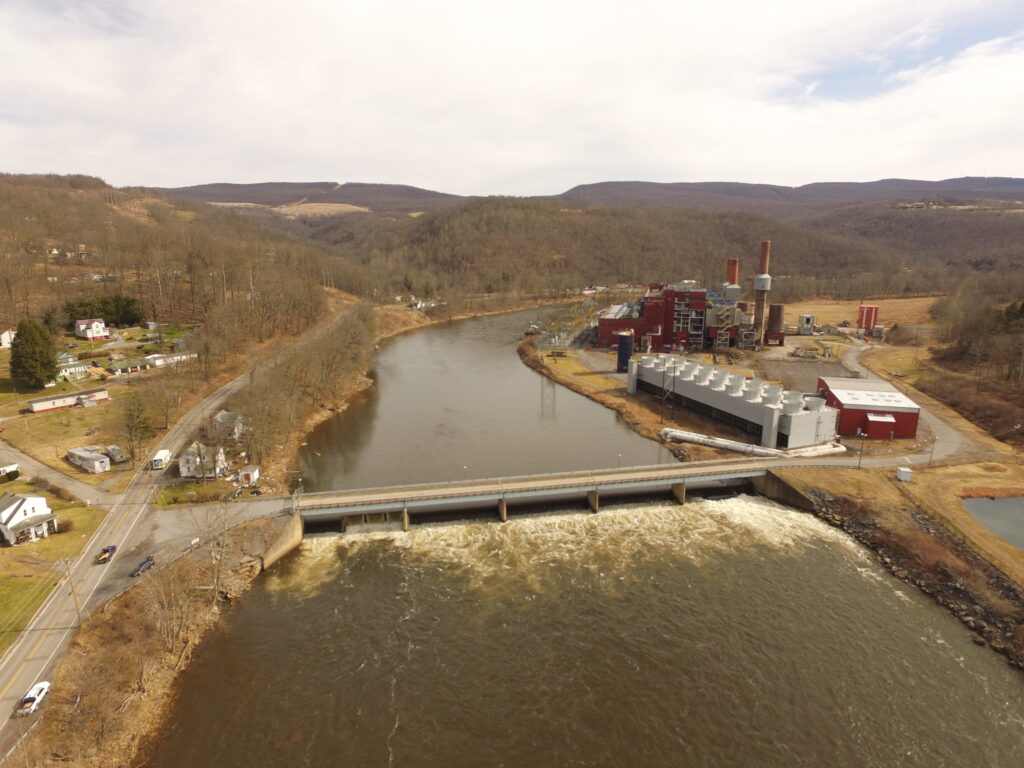
This is a guest blog written by American Rivers’ partner, Friends of the Cheat. Since 1994, Friends of the Cheat have been working to restore, preserve, promote the outstanding natural qualities of the Cheat River watershed in West Virginia.
The Albright Power Dam is significantly closer to removal, thanks to a $1 million boost from the 2022 Bipartisan Infrastructure Law. The West Virginia dam is one of American Rivers’ 25 Dams to Watch in 2022—a list that highlights noteworthy dam removal projects across the United States. Once completed, this project will open 75 miles of the Cheat River and hundreds of miles of tributaries, offering tremendous benefits to the local communities and ecosystems.
Led by FRIENDS OF THE CHEAT and in partnership with the local community, American Rivers, Trout Unlimited, the West Virginia Division of Natural Resources, and others, the dam removal could begin as early as 2024. Friends of the Cheat’s vision for the project is to create a free-flowing river, with public access for fishing, boating, birdwatching, swimming, picnicking, or any activity revolving around safe river recreation.
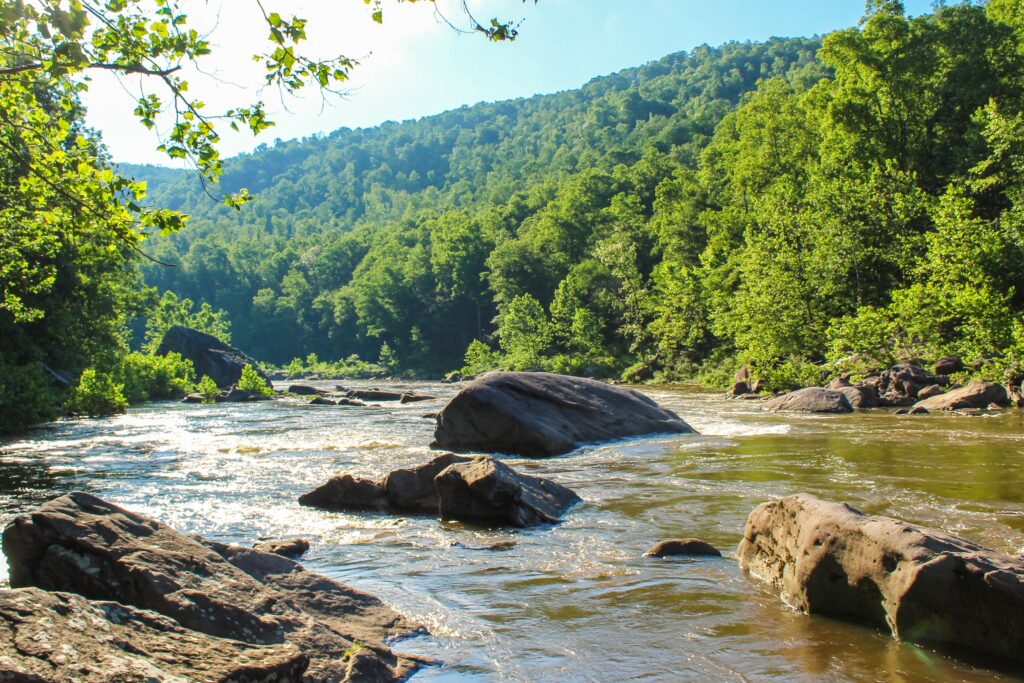
American Rivers has been a lead partner on the efforts to remove the dam since 2018, providing critical guidance and mentorship to Friends of the Cheat’s staff. Serving on the project implementation team, American Rivers is helping partners find creative solutions to move the project forward.
Removing the dam will have positive impacts on the local ecosystem and community. Nearly 40 fish species will once again be able to migrate up and downstream to secure habitat and food. Also, for the first time in 70 years, local community members will be able to recreate in this section of the Cheat River.
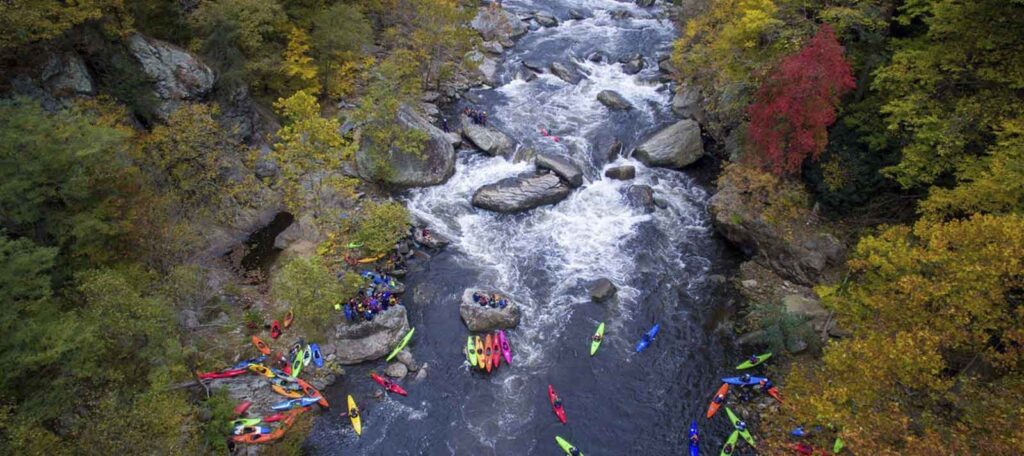
Let's Stay In Touch!
We’re hard at work for rivers and clean water. Sign up to get the most important news affecting your water and rivers delivered right to your inbox.
A History of Pollution, Followed by Restoration
The Cheat River had a long history of poor water quality due to warm water returns from the nearby power plant, acid mine drainage from legacy coal mining, and sedimentation from intensive logging. In 1995, American Rivers named the Cheat as one of the nation’s top 10 most endangered rivers. Because of this pollution, angling, and other recreation opportunities dropped drastically, as the river couldn’t sustain fish populations and other animal species.
Since then, Friends of the Cheat has been working to restore the river. The Albright Power Dam was originally built to feed the cooling towers of the coal-fired Albright Power Station, which was decommissioned in 2012. The decommissioning created a new opportunity for Friends of the Cheat to work toward the dam’s removal to further improve conditions for the ecosystem, recreation, and the community.
Opening Up the Cheat for Fish and Wildlife
“I’m excited to see a wild river flowing unobstructed, especially for walleye and other fish populations to grow and return to their native habitats,” Madison Ball, Friends of the Cheat conservation program director.
Healthy river ecosystems have a variety of prey and predator fish species, each with their own specific roles and habitat preferences, and they provide great recreational fishing opportunities.
The lower Cheat River has recently seen the return of pollution-sensitive species, such as walleye and smallmouth bass. The upper Cheat has a robust smallmouth bass fishery, but walleye have not been re-established here after pollution eliminated them from this part of the river.
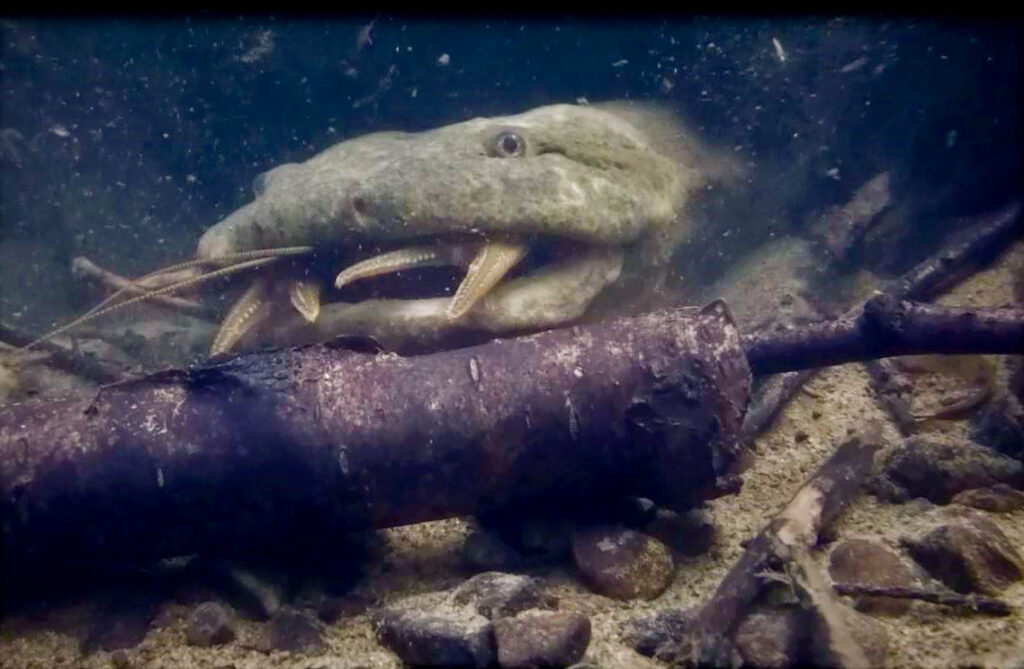
Now that the river is no longer impaired, removing the Albright Power Dam will reconnect these reaches, allowing walleye to move upstream and increasing angling opportunities. In addition to having access to major tributaries, connection back to Cheat Lake will be important for walleye and other species’ long-term success.
Other aquatic wildlife will benefit from the dam removal. Eastern hellbender, an indicator species, and the largest of U.S. salamander species will have more habitat to help their struggling populations. And freshwater mussels, which help filter water, are also expected to thrive with a free-flowing river.
Removing a Safety Hazard, Improving the Local Economy
“Low head dams like the Albright Power Station Dam are most dangerous to recreationalists,” Jim Snyder, Cheat River whitewater enthusiast.
The water around Albright Power Dam can be deceiving. The water pooling behind it may appear calm, but as it spills over the dam it can create currents that drown people, even those wearing life jackets. The age of the structure and recent trends towards increased rain and more common flooding events across the region are all cause for concern if it is not removed.
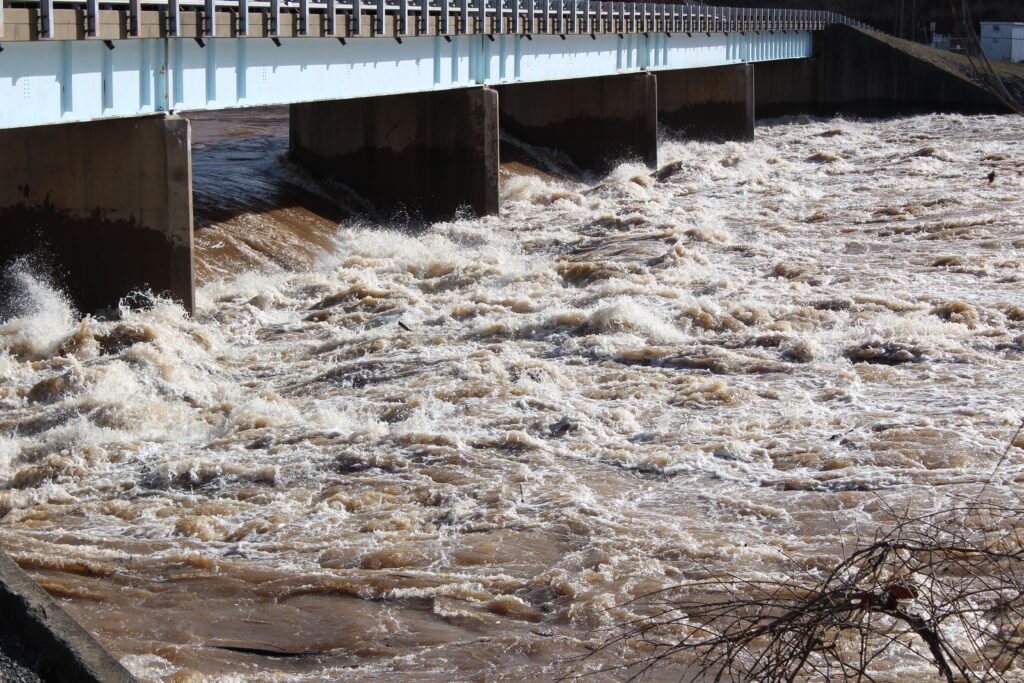
There is also no established portage route around the Albright Power Dam, greatly limiting recreation opportunities in the area. Removing the dam will help people access this area safely, benefiting them and the economy with a new stretch of river open for paddlers and fishing opportunities.
Federal funding for the project came from the U.S. Fish and Wildlife Service’s National Fish Passage Program. Partners at the National Fish and Wildlife Foundation also supported the project with a $460,000 in grant and matching funds through the Central Appalachia Habitat Stewardship Program.

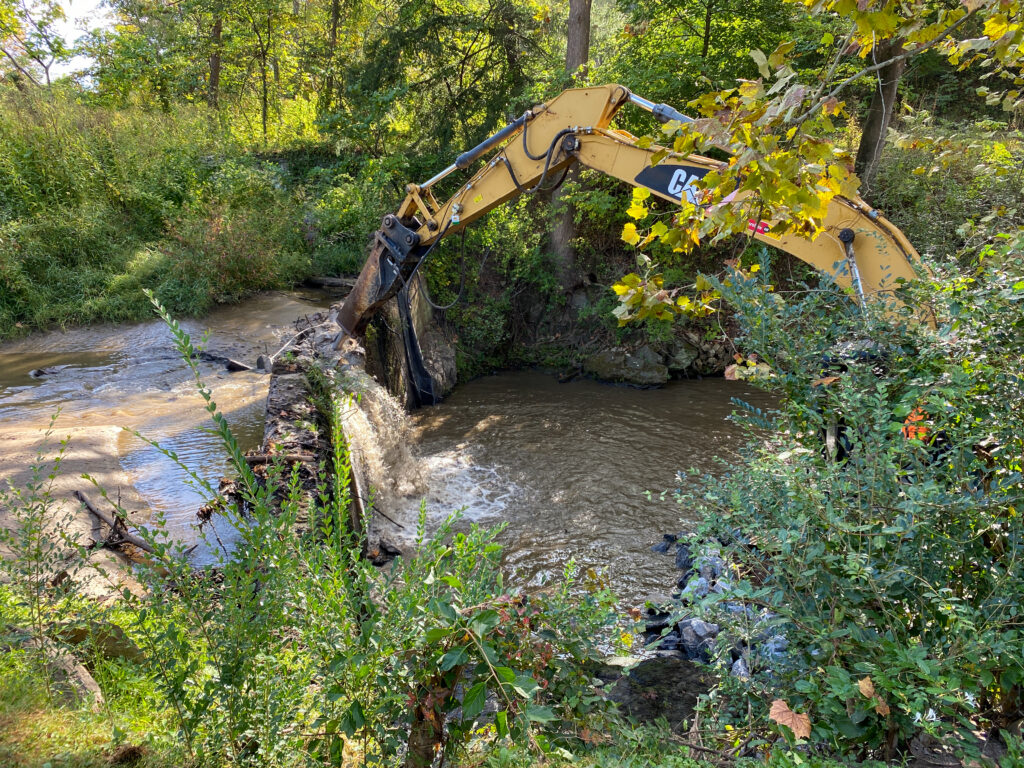
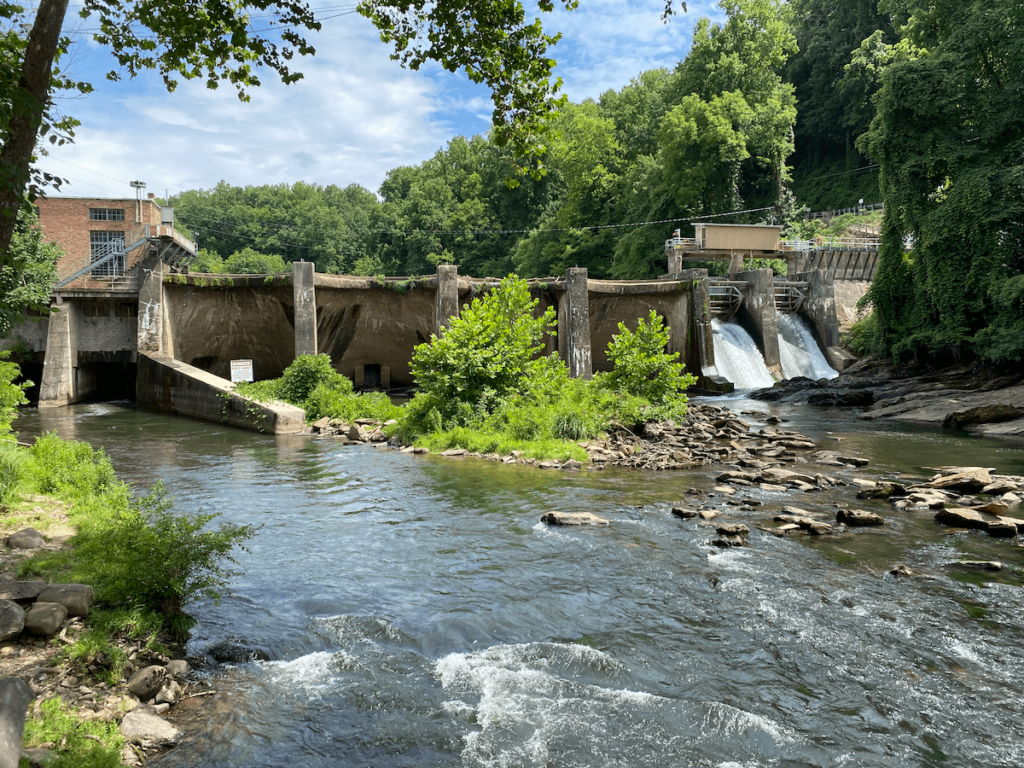
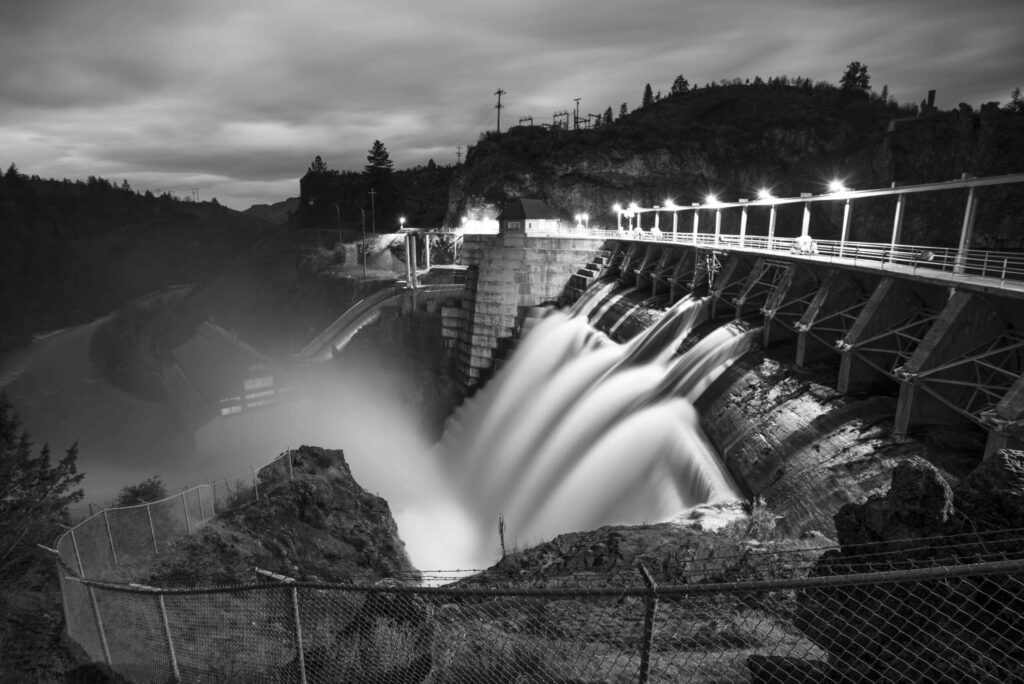
1 response to “Removal of 2022 ‘Dam To Watch’ is Making Progress in West Virginia”
Thank You Friends of Cheat – Get the dam removed!